Table of Contents
The web frameworks are the most vital part of the development of interactive and firm web applications for both the backend and the frontend. Furthermore, web frameworks are significantly helpful in creating all the necessary online platforms, which lead to efficient technologies. However, with many choices available in the backend development frameworks, selecting a suitable one is mandatory to ensure high performance and scalability.
However, to help you, we have brought some of the most famous and Best Backend Frameworks for utilization in the web backend development process. Let’s read more to know about it.
What is Backend Framework?
A backend framework is an efficient library of models and tools that is helpful for designing a website. A backend framework highly impacts the performance of the website while deciding upon the project’s efficiency. Furthermore, the backend frameworks are highly helpful in making the tasks easy for website developers. The backend framework utilizes several scripting languages such as JavaScript, Ruby, Java, C#, etc. Additionally, the best web backend framework helps website developers in reducing the need to create and configure everything from the start.
Advantages of Backend Frameworks
There are a number of advantages of backend framework for web development, such as:
- Functions Smoothly in Different Environments
Organizations today deploy several web app frameworks and websites for several environmental ranges. Furthermore, the majority of the organizations select websites that function on database servers, while some prefer online applications functioning on a cloud structure. However, more organizations are now merging the hosting servers to take advantage of them while improving their scalability and capabilities.
- Effective Information Sharing
Best Backend Development generally includes a web server, application and database. Moreover, every user should provide his/her username while logging in. The user’s ID and password will further be checked by the runtime. The backend also retrieves data and information from the archives and transfers it to the web interface. Thus, the backend serves as a framework while enabling the sharing of knowledge.
List of Best Backend Frameworks
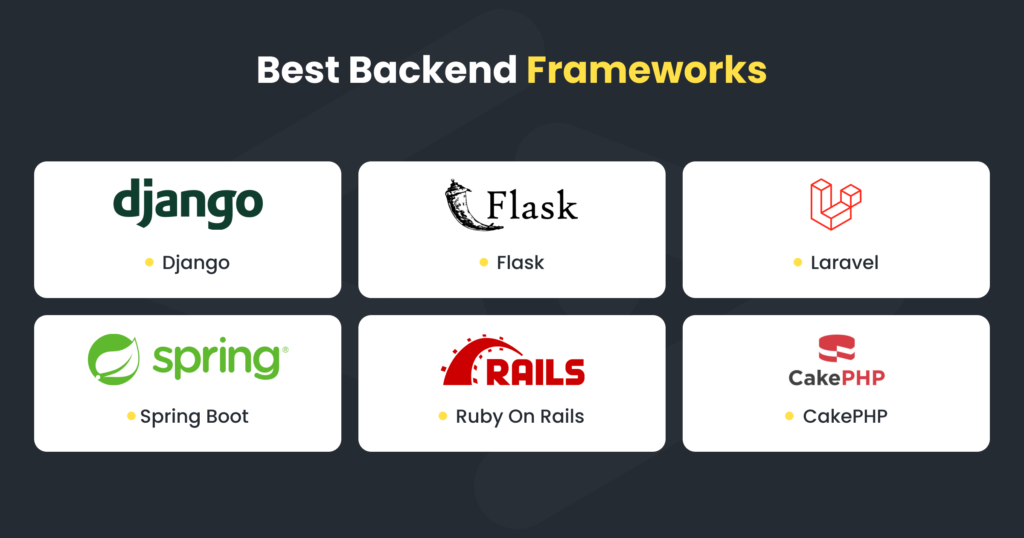
1. Django
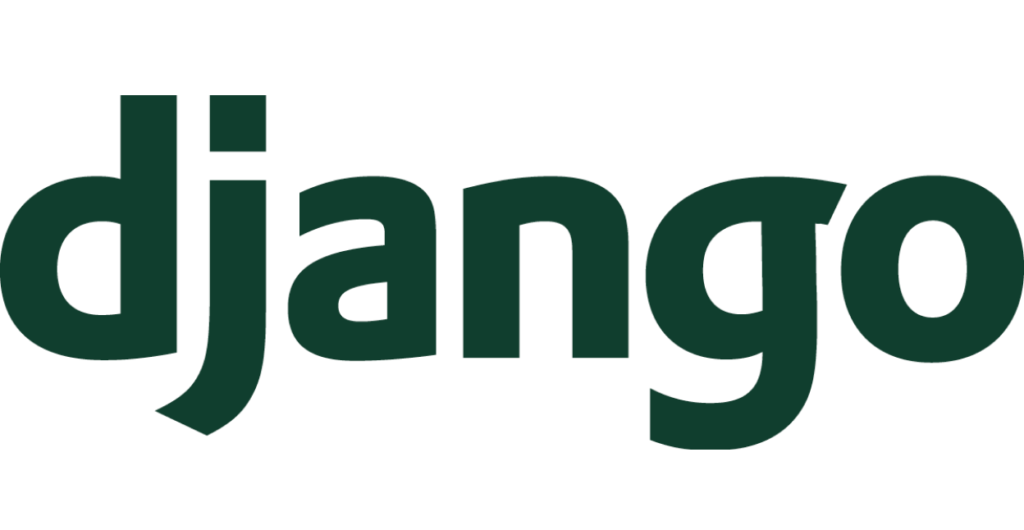
Django is one of the most utilized and renowned python-based backend frameworks. It is a free solution that supports in creation of efficient websites. Moreover, there are several well-known Django applications such as DripBox, Spotify, Washington Post etc. A lot of startups have premium quality web designs which have been created via Django. This backend framework can be used in JSON, XML and in HTML formats. Moreover, Django is one of the most preferred backend frameworks that will be used in 2021.
Considered one of the best Python frameworks, Django is used to create complex, database-driven websites. The open-source framework offers reusable codes to promote rapid development. Creating websites using Django becomes easier as it removes all complexities of web development.
Key Features:
- Quick Development: With Django, it is possible to build complex, data-driven websites rapidly. The framework handles many processes and most work, making development quick for developers.
- DRY: Don’t Repeat Yourself: Django offers maintainable and reusable codes to make coding and debugging easier for developers. Developers can use reusable codes to speed up the development process.
- Secure: Django offers safer user authentication ways to manage user accounts. Further, it also ensures the prevention of common mistakes by developers like cross-site requests, clickjacking, cross-site scripting, and forgery.
- Scalable: Django is scalable, helping business owners to scale their small-scale applications to large-scale quickly. Some of the most popular and busiest sites use Django, for example- Instagram, Pinterest, etc.
Benefits:
- Python: Django uses Python, which is one of the easiest programming languages. Developers who know Python can quickly learn and work on Python.
- Community: Django has a solid and large community working actively to improve the framework. They keep adding new features to make developers’ jobs easier.
- Versatile: Developers can build various applications using Django, like social media websites, big data management tools, eLearning platforms, etc.
- SEO-Optimized: Django offers various Search Engine Optimization (SEO) tools and frameworks to help business owners rank their websites on top.
2. Flask

Flask is one of the Best backend frameworks that help in the creation of a modern and robust web application. Moreover, this is a WSGI framework that functions on a web server rather than functioning on a browser. It has also been observed by Statista reports that around 46% of the Python web developers utilize Flask for the creation of web applications. Flask is significantly lightweight and offers the most vital elements required for creating a web application, such as sessions, routing and request handling.
Flask- the Python framework is a simple and high-performing web framework that is easy to learn. The user-friendly framework is also known as a micro-framework because it does not depend much on external libraries.
Key Features:
- WSGI Assistance and Templating: Flask has a Werkzeug toolkit for creating WSGI-compatible web applications and Jinja2 for building templates.
- In-Built Development Server: Flask provides an in-built development server with an engaging debugger. Developers can find and correct mistakes in the Python code at the requested time.
- Rapid Development and Deployment: Flask is a lightweight framework with less or no dependencies on external libraries. Developers can use Flask to write fewer codes and create MVPs rapidly.
Benefits:
- Scalable: Flask can easily handle increased traffic or user requests enabling businesses to scale their operations effortlessly.
- Simpler Development: Flask is an easy-to-learn language with simple infrastructure. Developers who are well-versed with Python can quickly learn and work with Flask.
- Performance: As a micro framework, Flask has fewer levels of abstraction, and thus it can respond to requests quickly. The performance is better due to no dependencies on third-party layers.
3. Laravel
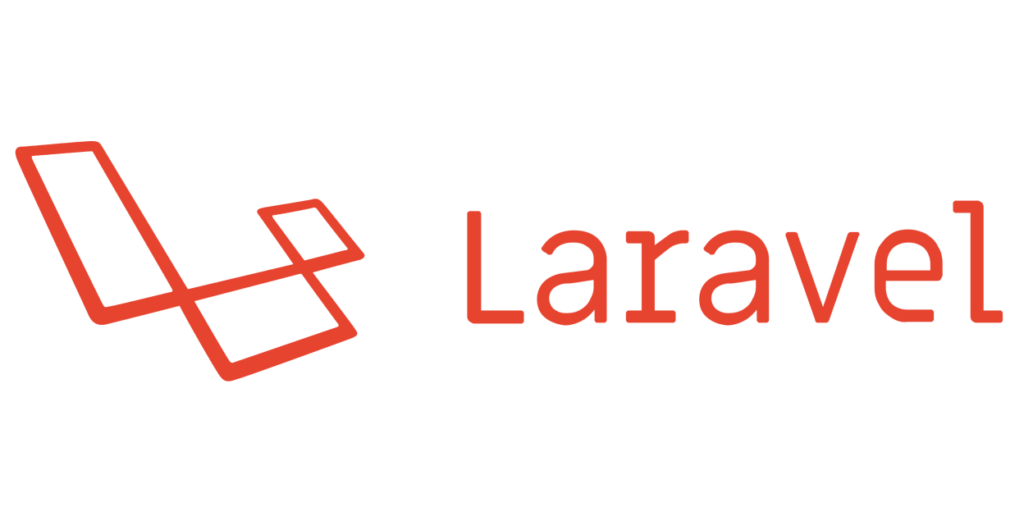
Laravel was initially introduced in 2011 under the MIT license and is based upon the MVC architecture. Moreover, it is a best backend framework for creating the news, blog or e-commerce websites. This framework has an intuitive framework and has exceptional API support. Laravel’s backend framework simplifies the creation of modern and secured website development processes. The laravel backend framework comes along with a CLI, which is its own command interface and has a bladed engine which offers lightweight development templates.
On the contrary, Laravel Lumen is an extremely lightweight web development backend framework which is created on Laravel itself. Laravel is a leaner and simpler version of the laravel framework. Moreover, It was initially released in 2015 and came with high-performance APIs. Some of the best features of the Laravel Lumen backend framework is that it has an elegant and expressive syntax and is known to simplify all the complicated tasks such as queuing, caching and database abstraction.
Powered by PHP, Laravel is one of the most popular open-source web development frameworks. The framework follows MVC architecture and offers many relational databases with app maintenance and deployment support.
Key Features:
- Template Engine: Laravel offers built-in lightweight templates to create beautiful layouts. Further, it will provide multiple widgets to create simple and complex structures with different sections.
- MVC Architecture Support: Laravel supports MVC architecture and provides many built-in functions, improving application performance and security.
- Eloquent ORM (Object Relational Mapping): Laravel offers Eloquent Object Relational Mapping (ORM), through which developers can write database queries in PHP syntax rather than SQL code.
Benefits:
- Secure: Laravel protects web applications from security threats and software failures. It enables users to access information safely.
- Quicker Web Application: As Laravel integrates with the tools easily and supports backend caches, it is quick to build web applications using Laravel.
- Simplified Authentication and Authorization: Laravel offers simple authentication and rapid authorization procedure to give different levels of access to users.
4. Spring Boot
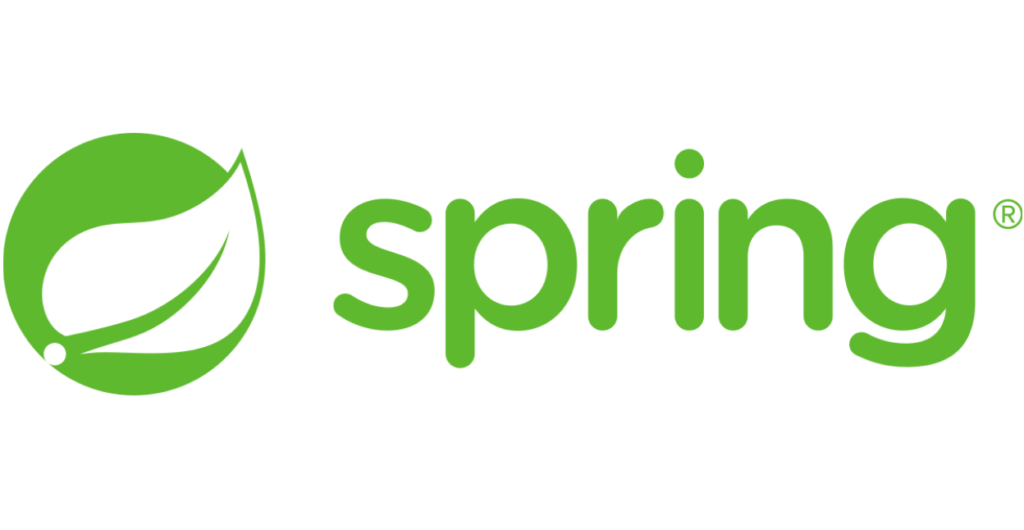
Spring Boot is another very renowned backend developer and is a highly lightweight framework that is used by developers to create a product-grade web application. Spring Boot was released in 2002 and hire enabled web developers to get started with the least hassle. Furthermore, the advantages of Spring Boot are that it prevents complicated XML configurations in Spring Boot while providing hefty batch processing.
The Java-based framework creates Spring applications using microservices with minimum fuss. Spring boot is open-source and offers flexible XML configurations, database transactions, and other features to enable easy workflow.
Key Features:
- Spring CLI: Spring Boot offers Spring Boot CLI -the command-line tool that enables the creation of Spring applications quickly. It allows developers to code in Java. Further, it has a few commands that help you initialize traditional Java projects.
- Autoconfiguration: Spring Boot provides autoconfiguration to support developers develop and integrating codes at various places in applications without the need to configure every time. Developers need manually configure to initialize the project.
Benefits:
- Effortless Development: Spring boot creates Spring-based applications using JAVA or Groovy effortlessly.
- Reduced Time: Spring Boot reduces manual work like writing annotations, XML configurations, etc. Thus, developers can code more while spending less on repetitive tasks.
- Improved Productivity: Spring boot offers production-ready features like externalized configuration, metrics, health checks, etc., to improve developers’ productivity.
5. Ruby On Rails
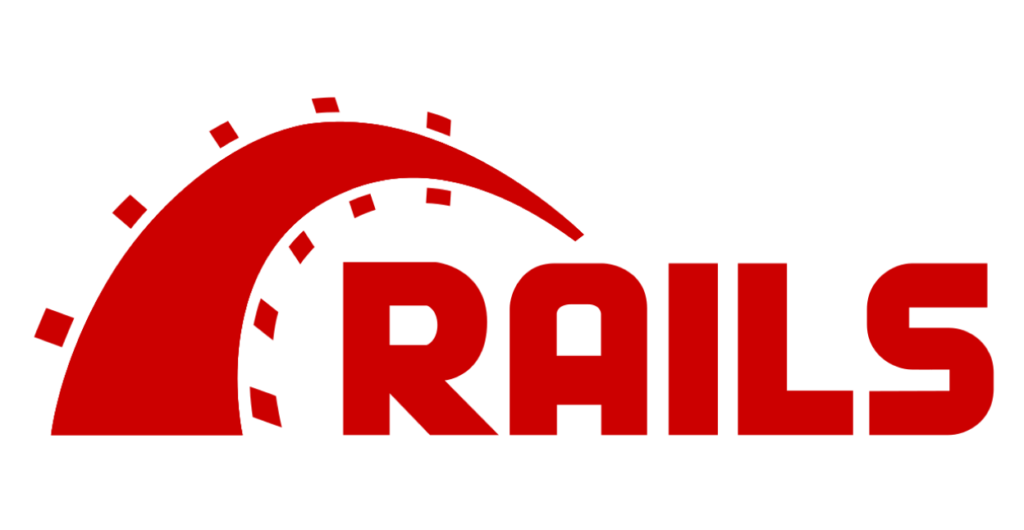
Ruby on Rails, also referred to as rails, is a server-side backend framework which is created in the Ruby programming language. This framework was developed under the MIT license by David Heinemeier Hansson and followed a Model-view-controller architecture. This framework further provides a structure for databases, web services and web pages. Rails utilize web standards like JSON and XML for the transfer of data, and for UI, this framework utilizes CSS and HTML. Developed on the Ruby programming language, Ruby on Rails or Rails is an open-source web app development framework.
The language enables developers to use MVC (Model View Controller) and DRY (Don’t Repeat Yourself) patterns to develop web applications. As a full-stack framework, ruby on rails offers built-in tools for both frontend and backend programming.
Key Features:
- Automated Testing: Ruby runs automated tests on the written codes to check errors or bugs. Thus, developers can find bugs at an early stage and not at the end.
- Scaffolding: Ruby on rails automatically generates files to create a basic structure of the project. It also creates interfaces automatically. It helps programmers to decide how the app database should work.
- Libraries: RoR contains offers a wide variety of libraries to equip developers with essential tools. For example, database access library, product AJAX library, and common tasks library.
Benefits:
- Time-efficient
RoR offers many ready-to-use plugins and modules to help programmers create web applications quickly. It helps cut 30-40% of the time on project development.
- Gems available for every task
The RoR has gems or third-party libraries to easily extend the capabilities of the applications. Ruby on rails has 3000 gems available to make tasks easier for developers.
- Scalable
Ruby on rails is highly scalable and allows business owners to manage massive user traffic. The architecture and frameworks make it easier to scale seamlessly.
- Community Support
RoR has one of the most vibrant communities that provide constant support to the developers. They constantly create new gems for every task to ease coding.
6. CakePHP
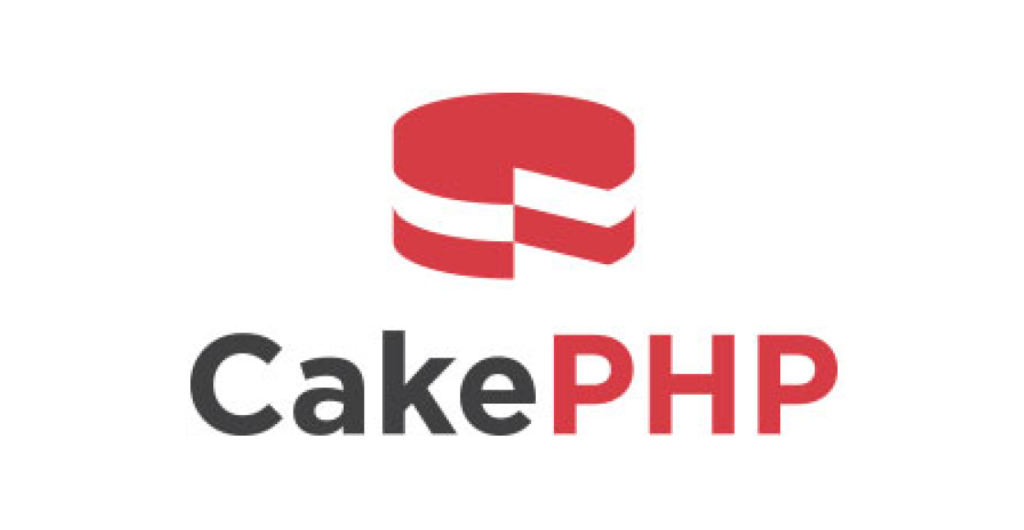
CakePHP is an open-source PHP backend framework which is based upon the MVC architecture. Furthermore, this backend framework is extremely powerful and is a firm foundation for developers to create a functional structure for web applications. Moreover, by utilizing this, the web developers can facilitate the programmers to operate CakePHP in a more structured form without compromising on flexibility and usability. A major advantage of CakePHP Backend Framework Development is the dynamic community of users. This backend framework is significantly powerful for dealing with every element of the web application, ranging from the primary request of the users to rendering the web page.
This framework adheres to the principles of MVC and provides web developers with the ability to customize easily while extending the features of web application. Furthermore, this backend framework provides an organizational structure for database table names while ensuring a consistent application.
CakePHP is the PHP framework that follows the concepts of the backend framework Ruby on rails. The framework follows MVC architecture and offers data mapping, active records, and convention over configuration features. The framework requires less coding to build web applications.
Key Features:
- In-built ORM: CakePHP has an in-built Object Relational Mapping (ORM) that makes working with databases and CRUD operations easier.
- CRUD scaffolding: CRUD scaffolding enables web application creation, viewing, reading, updating, and deleting entities. It is important as developers can get a preliminary view of the application with a single line of code.
- No Configuration: CakePHP requires no configuration by developers to use the platform. The framework auto detects all the configuration settings and takes care of the validation with its built-in authentication features.
- Easily Extensible: CakePHP allows developers to create reusable codes to use in the entire project. It saves the efforts of developers to rewrite similar codes repeatedly.
Benefits:
- User-Friendly: Cake PHP is user-friendly as it uses the MVC architecture.
- MVC Framework: CakePHP uses the MVC framework that follows the layered model approach. It helps keep the business logic clean.
- Testing Framework Support: CakePHP supports testing all fragile and critical points of applications with core and custom-made tests. Thus, debugging is easier with CakePHP.
- Secure: Cake PHP offers built-in security and authentication features like input validation, SQL injection prevention, XSS prevention, etc., creating secure applications.
Final Conclusion
This was all about the best backend frameworks. However, you can always choose from the above-mentioned frameworks for your project as per the client’s needs and preferences. Note that your website success also depends upon the type of backend framework you select. Hence, always make sure to choose the best.





